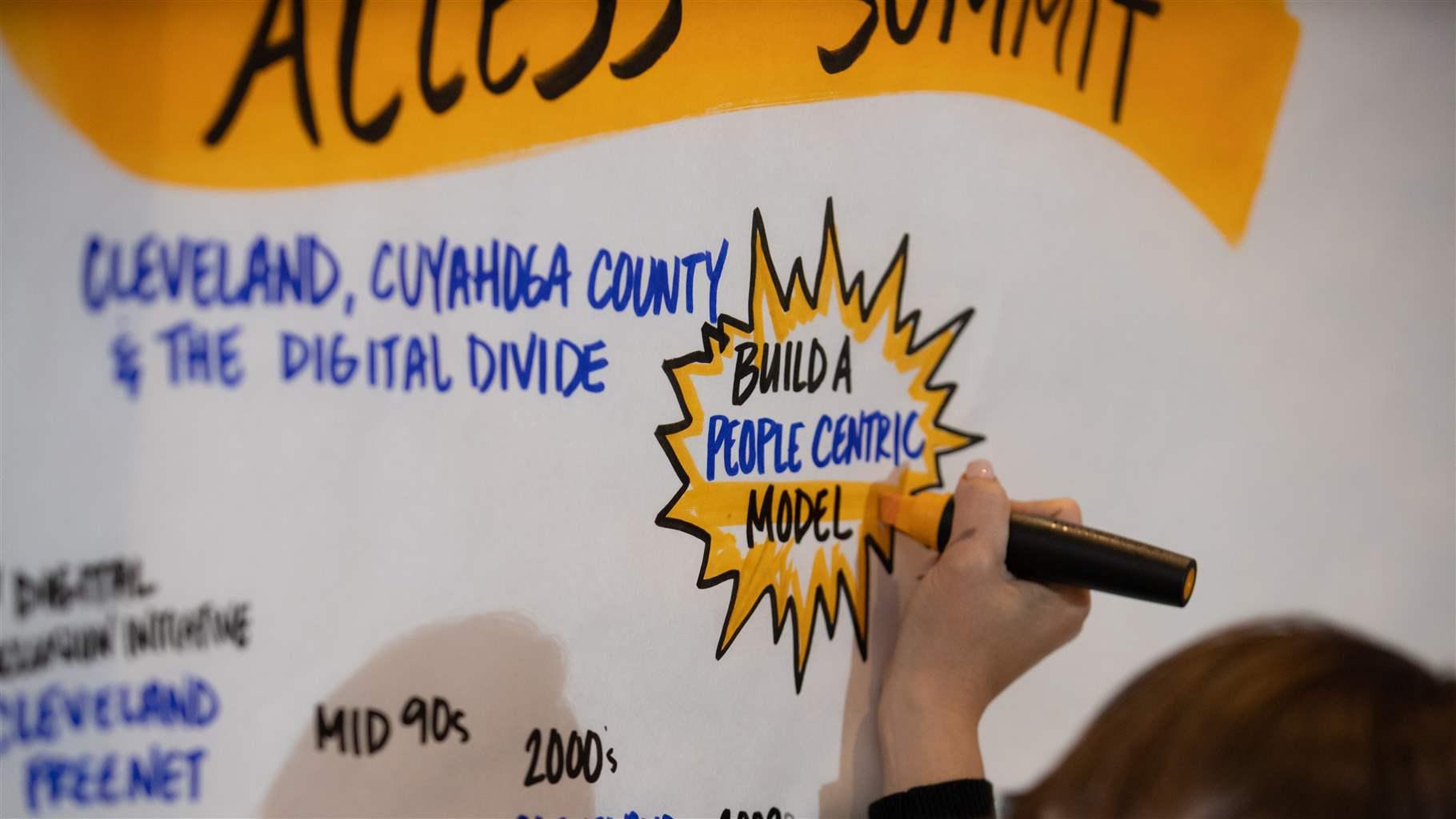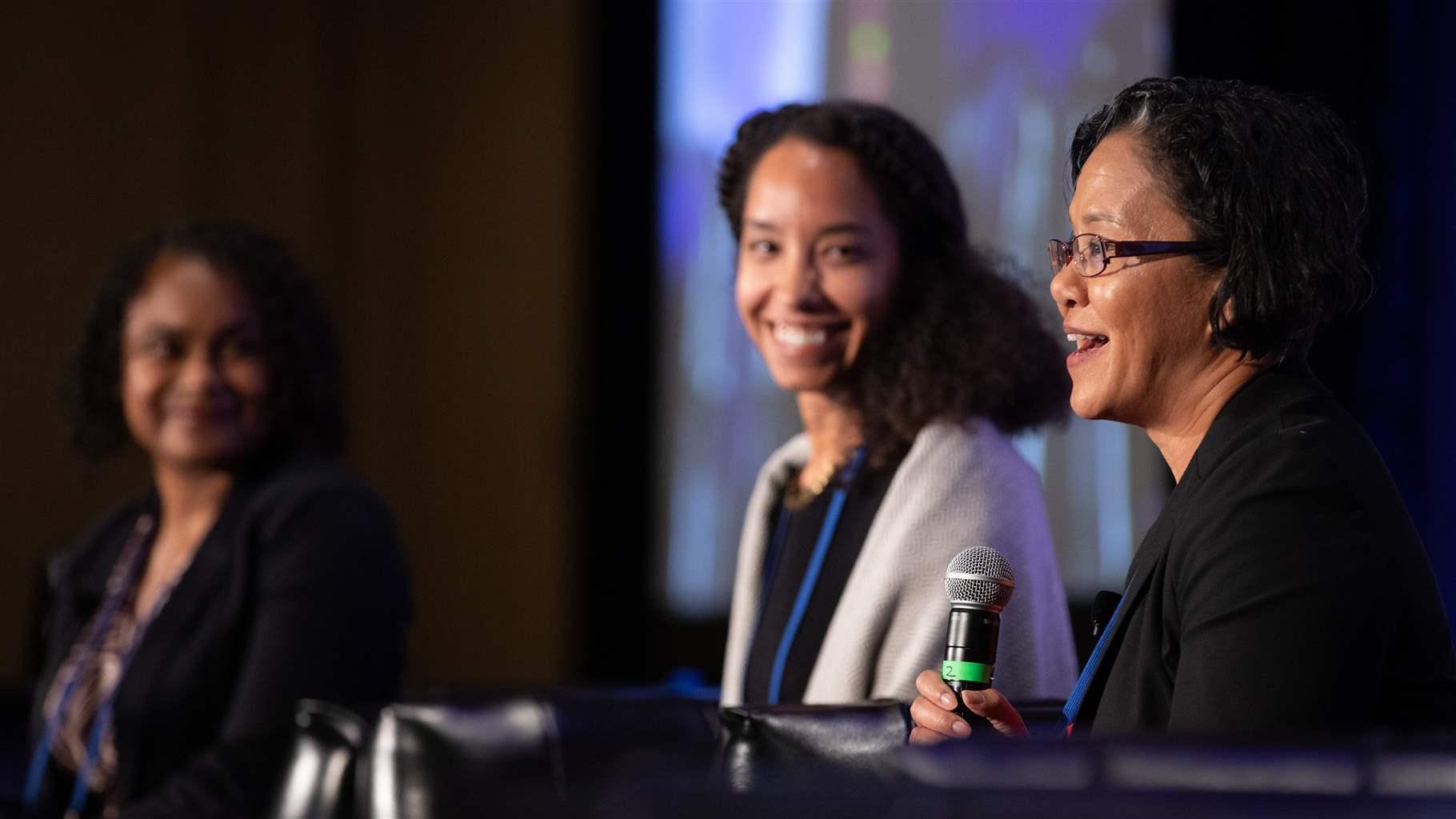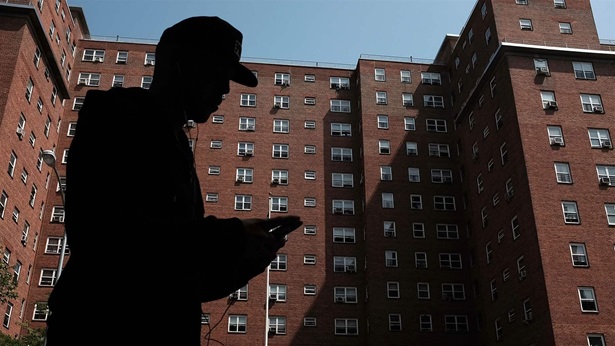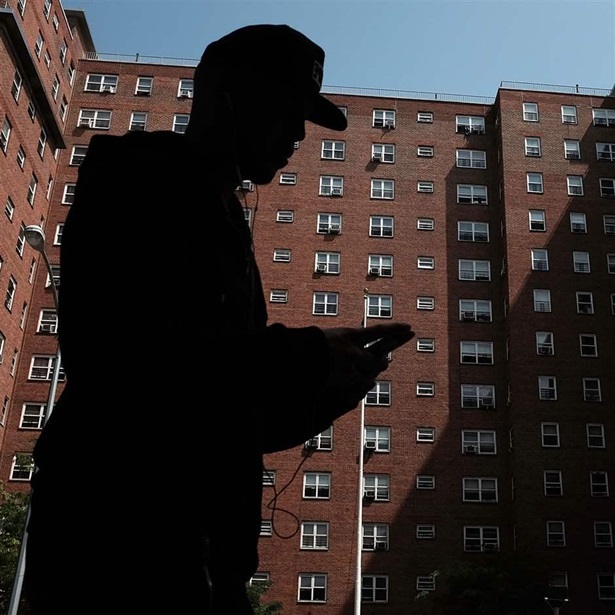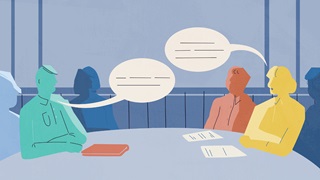The Next Step in Building the Future of Broadband
New partnership will provide direct support to broadband leaders
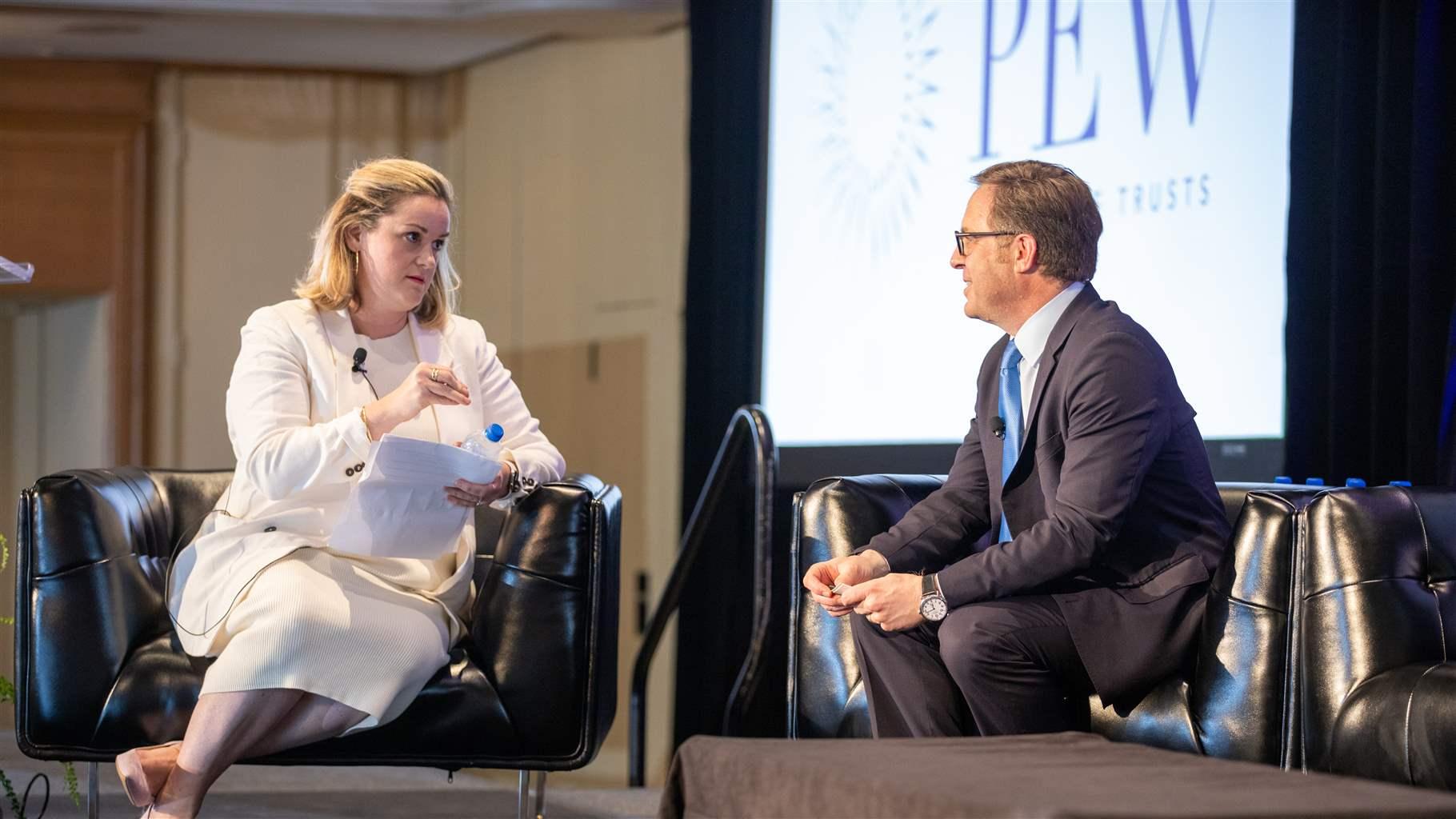
This past summer, The Pew Charitable Trusts convened state and federal broadband officials, digital equity advocates, industry experts, and academic researchers throughout the country at the Broadband Access Summit in Cleveland, Ohio.
At the summit kickoff, Alan Davidson, assistant secretary for the National Telecommunications and Information Administration (NTIA), declared that “internet for all” goes “beyond access. It’s digital skills, it’s affordability, and so much more. This is an all-hands-on-deck moment.”
Summit attendees answered Davidson’s call, carefully reviewing two days of content to help them navigate the unprecedented $65 billion federal investment in high-speed broadband included in the Infrastructure Investment and Jobs Act enacted in late 2021. Although the participants work at different levels of government or in different sectors, the robust and animated discussions in each session emphasized that attendees were united in the common goal of bringing affordable, high-speed internet to every corner of this country.
Plan with outcomes in mind: NTIA’s Broadband, Equity, Access, and Deployment (BEAD) program is about more than service—it’s about providing high-quality service for every household. To that end, NTIA expects states to integrate digital equity into each phase of the program. For example, state and regional partners will work closely with local communities to help ensure that their BEAD funding leads to sustainable, long-term economic growth and improved health and education outcomes. Connecting individuals is not enough; local leaders must be empowered to help their communities learn the digital skills they need to thrive online.
Partner with intent: State broadband officials should work closely with local champions—from mayors to trusted individuals in the community— to identify common problems and promote shared goals. Successful partnerships will use community-driven values as a framework to guide partner expectations, communication, and targeted objectives. Throughout the country, philanthropic organizations are stepping up to support these partnerships, including through advocacy, matching funds, and training. Collectively, these efforts can strengthen equitable outcomes at the local, regional, and state levels.
Equity starts from the ground up: Technology solutions—from the type of internet connection to digital training—should be rooted in community needs. At every step of planning and implementation, marginalized groups should be empowered to advocate for equitable social, economic, and educational outcomes. Funders need to provide space for these critical conversations and hold themselves accountable to the people they serve.
No one is in this alone: Experts from leading universities, nonprofits, think tanks, and companies across the United States are eager to help state, local, and Tribal leaders and their partners implement these programs. Whether seeking training on broadband technology, filling capacity gaps, designing a program evaluation plan, or identifying additional sources of funding, practitioners have trusted resources they can turn to. And by bringing experts and state broadband officials together, leaders are empowered to learn from successful programming and adapt these initiatives to best serve their local communities.
The summit made clear that this endeavor is just beginning. Universal broadband access is achievable, but the process is complex and will take years to complete. It will also require coordination throughout all levels of government and among various sectors. The ecosystem of practitioners that we began building in Cleveland is more important than ever, and if the enthusiasm at the Broadband Access Summit was any indication, this group is up to the task and ready to work.
So how do we keep the momentum going? Pew—along with our partners Next Century Cities and Rural Innovation Strategies—is excited to announce that we are now leading the National Broadband Resource Hub. The Hub will be your one-stop shop for educational resources, connecting with other broadband practitioners and experts, and receiving customized help with broadband challenges. We are pairing our teams’ expertise with those of other partners to build a tool that will advance the conversations that began in Cleveland— from ensuring that goals and priorities are reflected in plans to securing the right partners to achieve those aims.
We look forward to connecting with you on the Hub, at future events, and on the ground, because assistant secretary Davidson was right: this is an all-hands-on-deck moment. Are you ready to join us?
Kathryn de Wit directs The Pew Charitable Trusts’ broadband access initiative.
